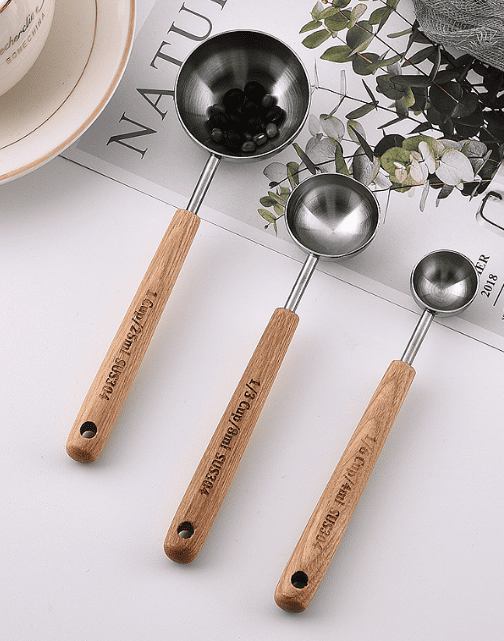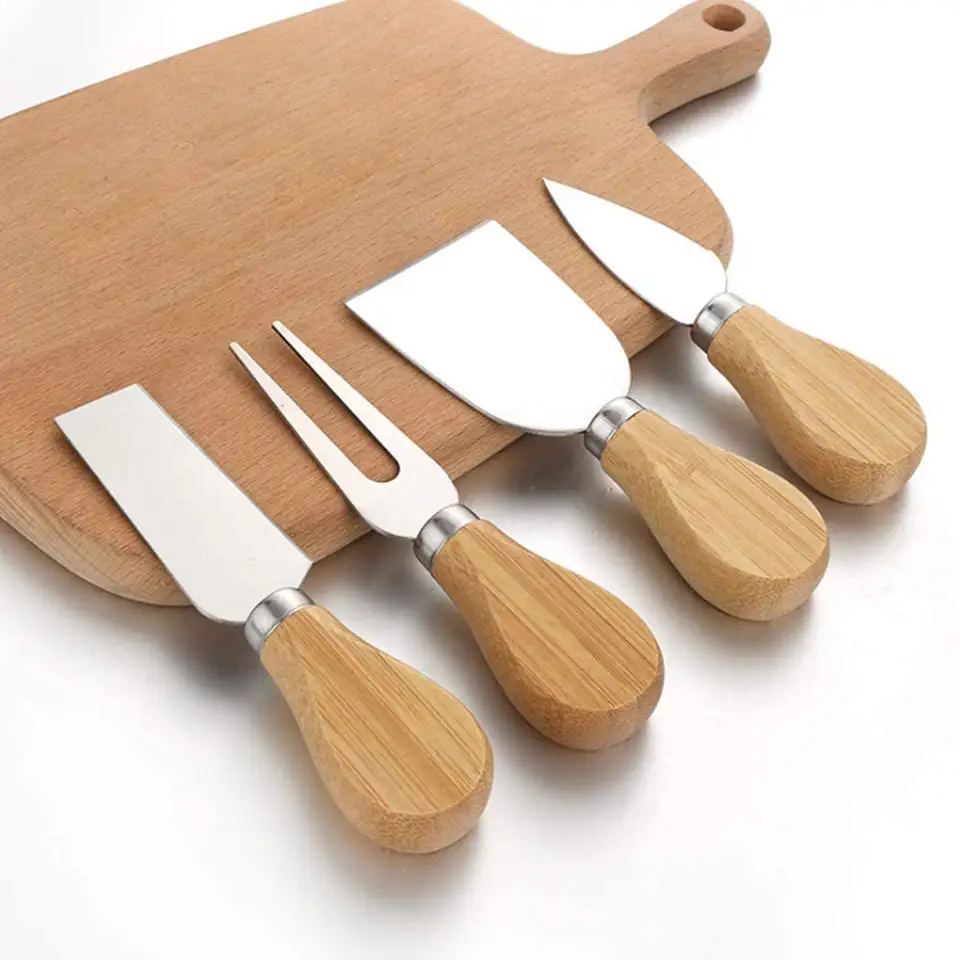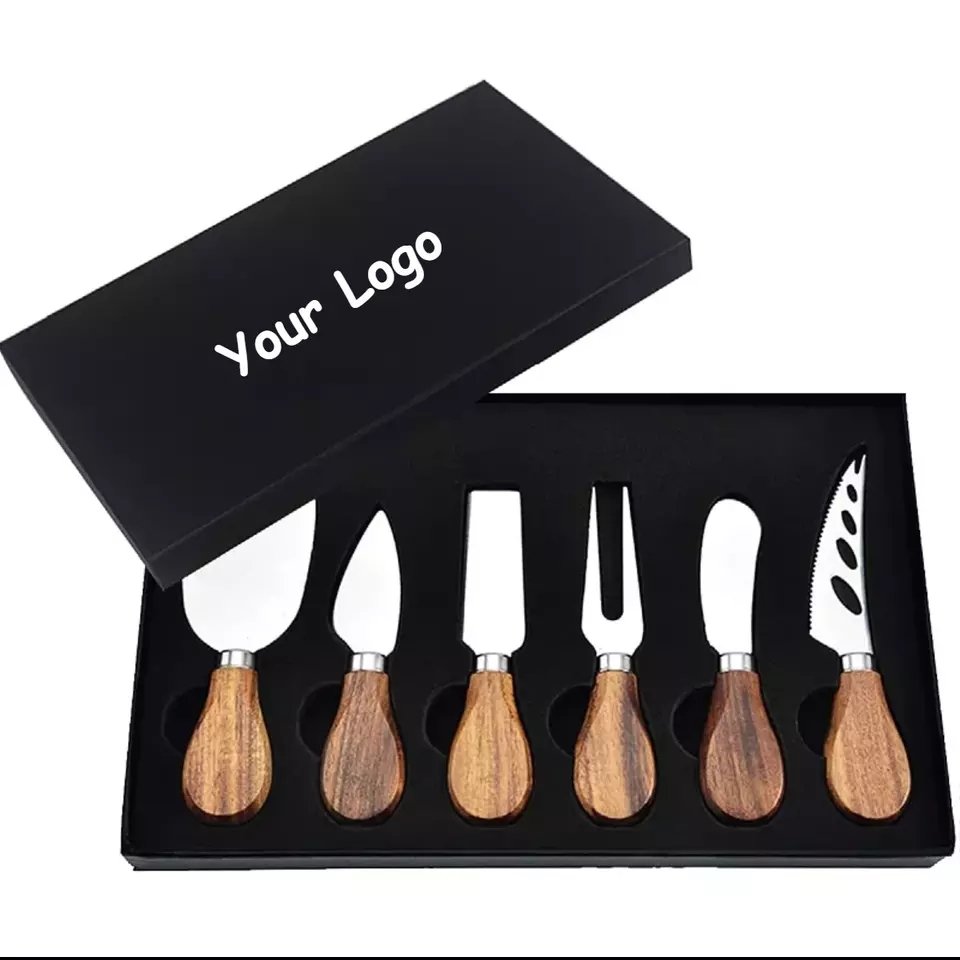When choosing measuring spoons, safety matters most. Using unsafe materials risks health and brand reputation.
To ensure your measuring spoons meet food contact safety standards, look for certifications like FDA, LFGB, and test reports proving compliance with local regulations.
Let’s explore the key certifications, tests, and safety checks to protect your customers and business.
Table of Contents
What certifications should I look for (FDA, LFGB, etc.)?
Choosing certified products is the first step to guarantee safety.
Common certifications for measuring spoons include FDA (U.S. Food and Drug Administration), LFGB (German Food, Articles of Daily Use and Feed Code), and sometimes EU REACH compliance.
FDA Certification
– Oversees materials safe for food contact in the United States.
– FDA approval means the material won’t leach harmful chemicals into food.
LFGB Certification
– German standard, considered very strict in Europe.
– Requires testing for heavy metals, migration of substances, and toxicology.
Other Certifications
– EU REACH regulates chemical safety in Europe.
– Prop 65 in California warns about specific chemicals.
| Certification | Region | Focus Area | Importance |
|---|---|---|---|
| FDA | USA | Food contact safety | Mandatory for US market |
| LFGB | Germany/Europe | Chemical migration, toxicity | High standard in EU |
| EU REACH | Europe | Chemical substances regulation | Important for EU import/export |
| Prop 65 | California | Warning on certain chemicals | Regional but influential |
For me, verifying these certifications is a must before importing or selling measuring spoons.

What tests are required for measuring spoons in Europe and the US?
Tests confirm materials are safe in real use conditions.
In the US, FDA focuses on material composition and migration tests, while Europe requires LFGB tests including heavy metals, overall migration, and sensory analysis.
US FDA Tests
– Migration of harmful substances under use conditions.
– Toxicological evaluation of materials.
European LFGB Tests
– Specific migration limits for heavy metals like lead, cadmium.
– Overall migration limits to prevent contamination.
– Sensory tests to detect odors or tastes from materials.
| Test Type | US FDA Requirements | EU LFGB Requirements |
|---|---|---|
| Chemical Migration | Yes | Yes |
| Heavy Metal Testing | Limited | Strict limits on Pb, Cd, etc. |
| Sensory Testing | Not required | Required |
| Toxicological Review | Required | Required |
Understanding the difference helps me advise clients on which tests to prioritize.
How can I make sure my supplier uses food-safe materials?
Trust but verify is my approach here.
Ask your supplier to provide material certificates, detailed test reports, and proof of compliance with relevant standards before production begins.
Documentation Review
– Request Certificates of Compliance for raw materials.
– Examine third-party lab test results for finished products.
Factory Audits
– Conduct on-site inspections or ask for video tours.
– Verify material sourcing and storage conditions.
Sample Testing
– Order samples for independent lab testing before mass production.
| Verification Method | Description | Benefit |
|---|---|---|
| Material Certificates | Supplier provides raw material docs | Confirm food-safe origin |
| Lab Reports | Third-party testing of samples | Independent safety validation |
| Factory Audits | Inspections on production site | Ensure production compliance |
From my experience, thorough verification prevents costly recalls or brand damage later.
What is the difference between BPA-free and FDA-compliant plastic?
This is a common question I get from clients.
BPA-free means the plastic does not contain bisphenol A, a harmful chemical. FDA-compliant means the plastic meets all FDA safety standards for food contact, which is broader than just BPA content.
BPA-Free
– Focuses only on excluding BPA, often in polycarbonate plastics.
– Important for reducing hormone disruptors in food contact.
FDA-Compliant
– Includes BPA-free status but covers all potential food contact risks.
– Requires extensive testing of migration and toxicity.
| Feature | BPA-Free Plastic | FDA-Compliant Plastic |
|---|---|---|
| Chemical Focus | Bisphenol A only | Full range of food contact safety |
| Testing Required | Limited to BPA absence | Comprehensive migration and safety tests |
| Safety Level | Important but partial | More complete assurance |
I advise brands to insist on FDA compliance, not only BPA-free, to cover all safety aspects.
Can I request third-party lab testing before shipping?
Absolutely. I always recommend it.
Third-party lab testing provides unbiased safety validation and strengthens your product’s credibility in global markets.
Independent Verification
– Removes conflicts of interest between supplier and buyer.
– Provides detailed test reports you can share with customers or regulators.
Risk Reduction
– Detects potential issues early to avoid costly recalls.
– Ensures compliance with target market regulations.
| Testing Provider Type | Advantages | Considerations |
|---|---|---|
| Supplier Lab | Faster, cheaper | Possible bias |
| Third-Party Lab | Independent, trusted | More costly, longer process |
For my clients, investing in third-party testing is worth the extra cost and time.
How are stainless steel materials verified for food contact safety?
Stainless steel is popular for its durability and safety, but verification is key.
Verification includes checking grade certifications (like 304 or 316), chemical composition reports, and sometimes passivation tests to ensure corrosion resistance.
Grade Certification
– Confirm the stainless steel grade meets food-grade standards.
– 304 and 316 are common safe grades.
Chemical Composition Testing
– Analyze the metal for harmful elements like lead or nickel beyond allowed limits.
Passivation and Surface Treatment
– Ensures the protective oxide layer is intact, preventing rust and contamination.
| Verification Step | Purpose | Typical Requirements |
|---|---|---|
| Grade Certification | Confirm food-safe grade | ASTM or equivalent standards |
| Chemical Analysis | Detect harmful metal content | Below regulated thresholds |
| Passivation Testing | Surface corrosion resistance | ASTM A967 or equivalent |
My suggestion is to ask for detailed material certificates and test reports from suppliers.

How do we include safety documentation in the import process?
Documentation is critical for customs clearance and product liability protection.
Include certificates of compliance, test reports, and declarations of conformity in your import paperwork to meet regulations and avoid delays.
Required Documents
– Certificates from recognized bodies (FDA, LFGB, etc.)
– Lab test reports showing compliance
– Supplier’s declaration of conformity
Customs and Regulatory Compliance
– Submit documents during import declaration.
– Be ready for inspections or audits by authorities.
| Document Type | Purpose | When to Provide |
|---|---|---|
| Certificate of Compliance | Proves material safety | At import or customs clearance |
| Test Reports | Shows product meets standards | At customs or on request |
| Declaration of Conformity | Legal statement of compliance | With shipment or order |
From my experience, organizing these documents early prevents import holds and builds trust with customs.
Ensuring your measuring spoons meet food contact safety standards protects consumers and your brand. Certifications, tests, supplier checks, and documentation are all key steps.





